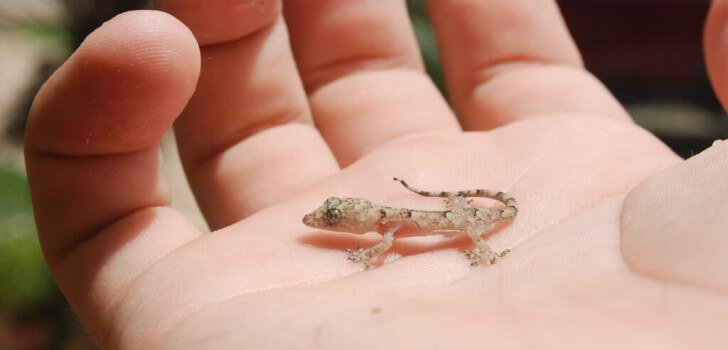In the animal world, virgins giving birth to offspring is more common than you might think. The process known as “parthenogenesis” is actually relatively common in many different species. In fact, some female animals are fully asexual and never require the use of a male to give birth. Other species have females that can mate with a male if they so choose, but they often opt to produce offspring on their own, no partner involved.
One such animal is that of stick insects. Female stick insects can mate with a male, but they can also repel males so that they can raise their young without any interruptions or interference. Once the female stick insects manage to reproduce on their own, they no longer appear attractive to males. This gives them even more opportunities to reproduce through parthenogenesis. Additionally, all the infant stick insects that result from parthenogenesis are female. Eventually, this could lead to the creation of an entirely unisex species.
Snakes are another species that can reproduce through parthenogenesis. However, the snakes that result from this method are half clones of their mother, so they are highly inbred when this happens. Still, the act has been documented in the wild, even when there were male snakes around. When snakes reproduce using this method, the offspring snakes are said to be less likely to produce offspring of their own as adults, but it isn’t impossible. So while snakes can partake in the practice of virgin births, it isn’t evolutionarily desirable.
One aquatic animal that practices parthenogenesis is the sawfish. These fish are relatives of sharks, which have also have been known to reproduce through parthenogenesis. It is extremely difficult to identify a virgin sawfish birth in the wild, but researchers have proven that it has happened by using methods of genetic testing. At least seven healthy sawfish offspring have been born through virgin birth.
Finally, female lizards are also able to reproduce as virgins. In fact, sometimes they have no choice but to do so. One lizard species called the Muller’s Tegus has been able to almost eliminate males entirely by reproducing through parthenogenesis. In fact, many females of this species have shunned males entirely, refusing to associate with any males that they might come into contact with.
Stay Connected